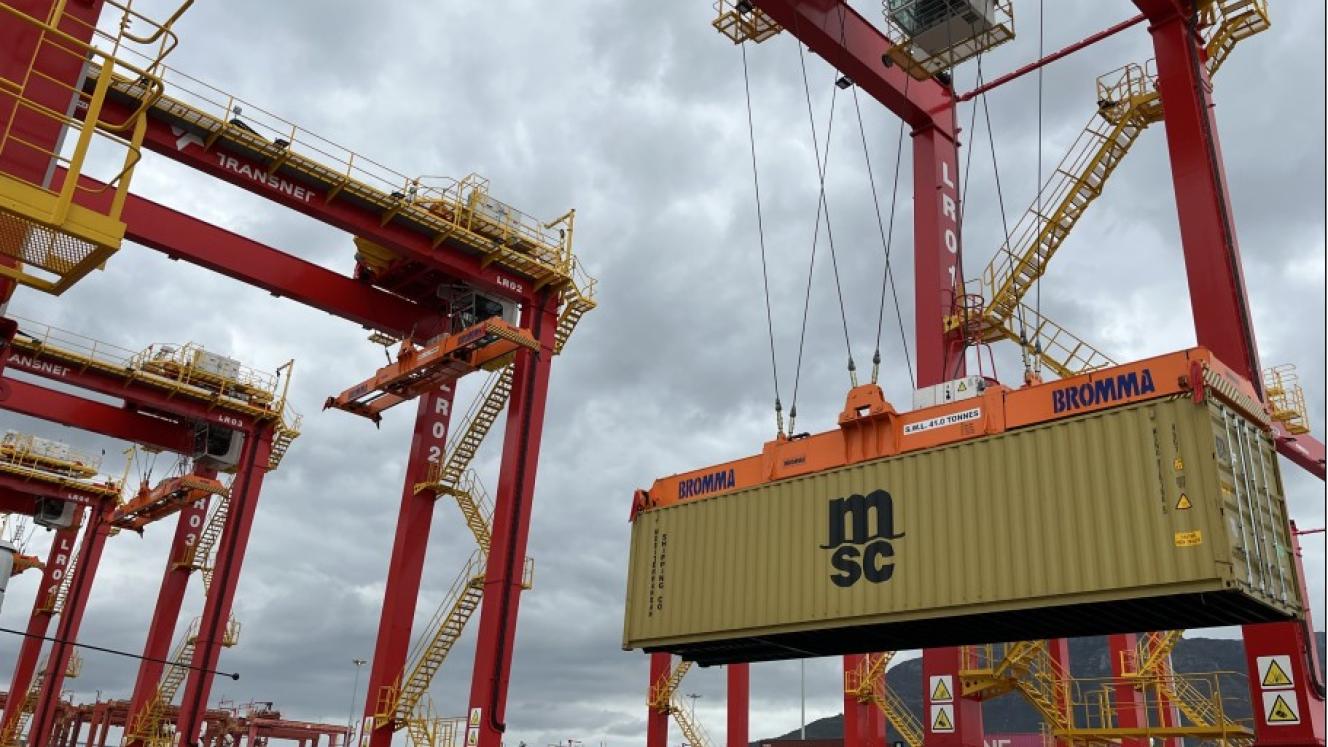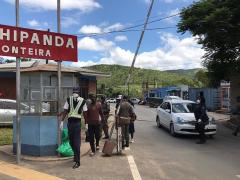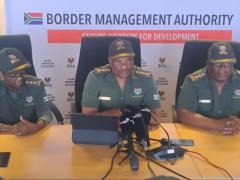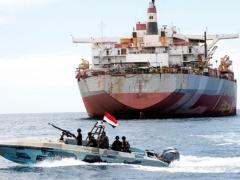Increased rail freight volumes, enhanced port throughput, capitalising on existing air cargo volume and a safer road network were all highlighted by transport minister Barbara Creecy as essential requirements to improve South Africa’s logistics sector.
However, most important of these, Creecy singled out road-to-rail dynamics as the most crucial aspect of bolstering the country’s current cargo capacity.
Speaking at the launch of a Logistics Accountability Score card in Sandton, the minister said: “By the end of this term we need to ensure that we put 250 million tonnes of freight back on the rail network.”
She said although Transnet had scored some gains over the last few years, the state-owned logistics entity realised the importance of private-sector participation in meeting cargo targets.
Creecy said that given the complexities in the current rail freight system, getting close to moving a quarter of a million tonnes of freight on to rail could only be accomplished through third-party investment.
She said the network statement issued earlier this year showed that Transnet was serious about bringing private-sector participants on board.
Although not going into detail, she mentioned five key corridors as forming part of the third-party network process – these presumably including the container corridor between Gauteng and the Port of Durban, as well as the pit-to-port rail link to the Port of Richards Bay.
Touching on multimodal efficiencies, Creecy said there was a national rail policy in place aimed at “restoring rail as the backbone of our transport system with trucking and other forms of transportation as very significant and important last-mile interventions”.
Regarding port moves, Creecy said South Africa was still lagging the world benchmark of 30 to 35 moves an hour.
Whereas 15 and marginally more moves per hour was the general standard, Transnet Port Terminals (TPT) managed about 18 on a good day, she said.
“Transnet has been working hard to improve its own performance.”
Creecy added that, whereas the utility managed 145 million tonnes at the previous financial year, an increase up to 161 million tonnes had been recorded, but the goal was 180 million tonnes.
She emphasised that government knew full well that to meet those targets it needed to developed short-term investment framework for third-party participation.
Linking up with what TPT chief executive Jabu Mdaki said earlier this week during a webinar on agricultural export requirements, Creecy said the equipment the utility had received over the last few months should enable the parastatal to meet its goals of improved moves.
She said it was hoped that port-move improvements would become evident during the current fruit export season at the Port of Cape Town, especially given the challenge of inclement weather conditions, a point Mdaki also raised.
She also said that the necessary civil aviation policy developments and infrastructural improvements at OR Tambo International Airport were under way to draw economic benefit from an existing 152 mllion tonnes of airfreight capacity.
Efforts of 50% reduction of road fatalities by 2030, decreasing the 3% cost to GDP of the country’s road network and its implications for the transport sector, were also in place, said Creecy.













